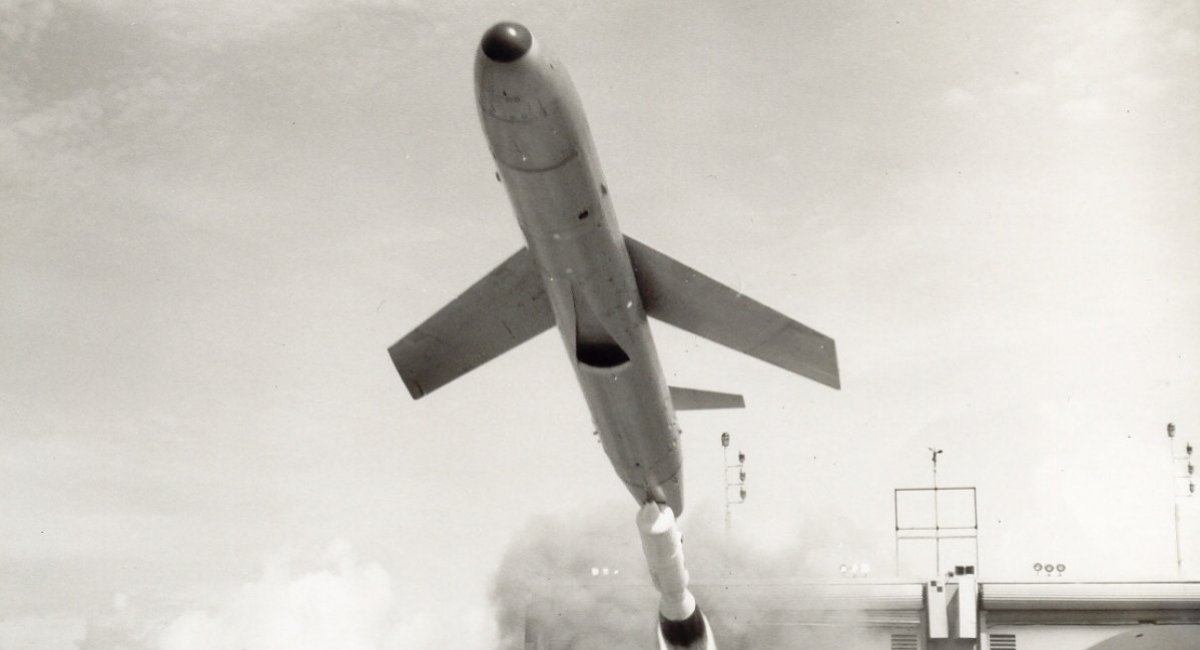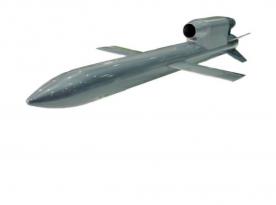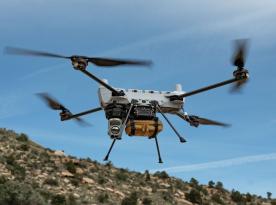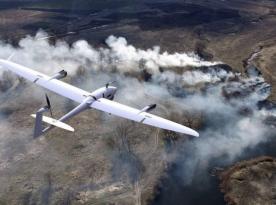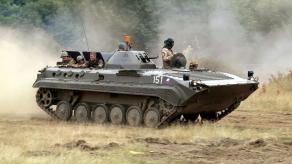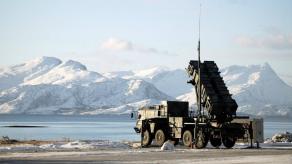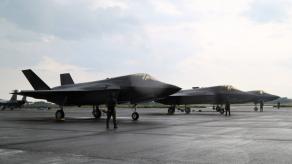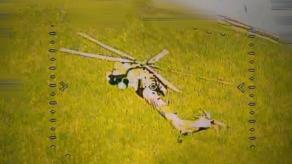At first glance, it is difficult to identify any modern counterparts to the FP-5 Flamingo, since the dominant trend in Western cruise missile development has been miniaturization, with warheads reduced to around 16 kg. This stands in sharp contrast to the FP-5's 1,000 kg warhead.
This is roughly twice the payload of most Cold War–era cruise missiles, which typically carried warheads of 300–500 kg. One must also consider the overall dimensions of the FP-5 Flamingo: a 6-meter wingspan and a takeoff weight of 6,000 kg.
Read more: Ukraine's "Flamingo" is the FP-5 Missile With 3,000 km Range and a One-Ton Warhead
For comparison, the Tomahawk's maximum takeoff weight, even with a booster, is only 1,470 kg, with a wingspan of 2.67 meters. russia's Kh-101 weighs 2,200–2,400 kg and has a wingspan of 3 meters. The FP-5 Flamingo's large size was dictated by the requirement to deliver a 1,000 kg warhead over 3,000 km—something impossible with smaller dimensions.
Thus, analogs to the FP-5 Flamingo must be sought earlier—before the Tomahawk era of the 1980s. This brings us to the American MGM-13 Mace, developed as the successor to the MGM-1 Matador. Both missiles were deployed by the United States from 1952 until the early 1970s, with the USSR as their primary target. To some degree, they resembled the FP-5.
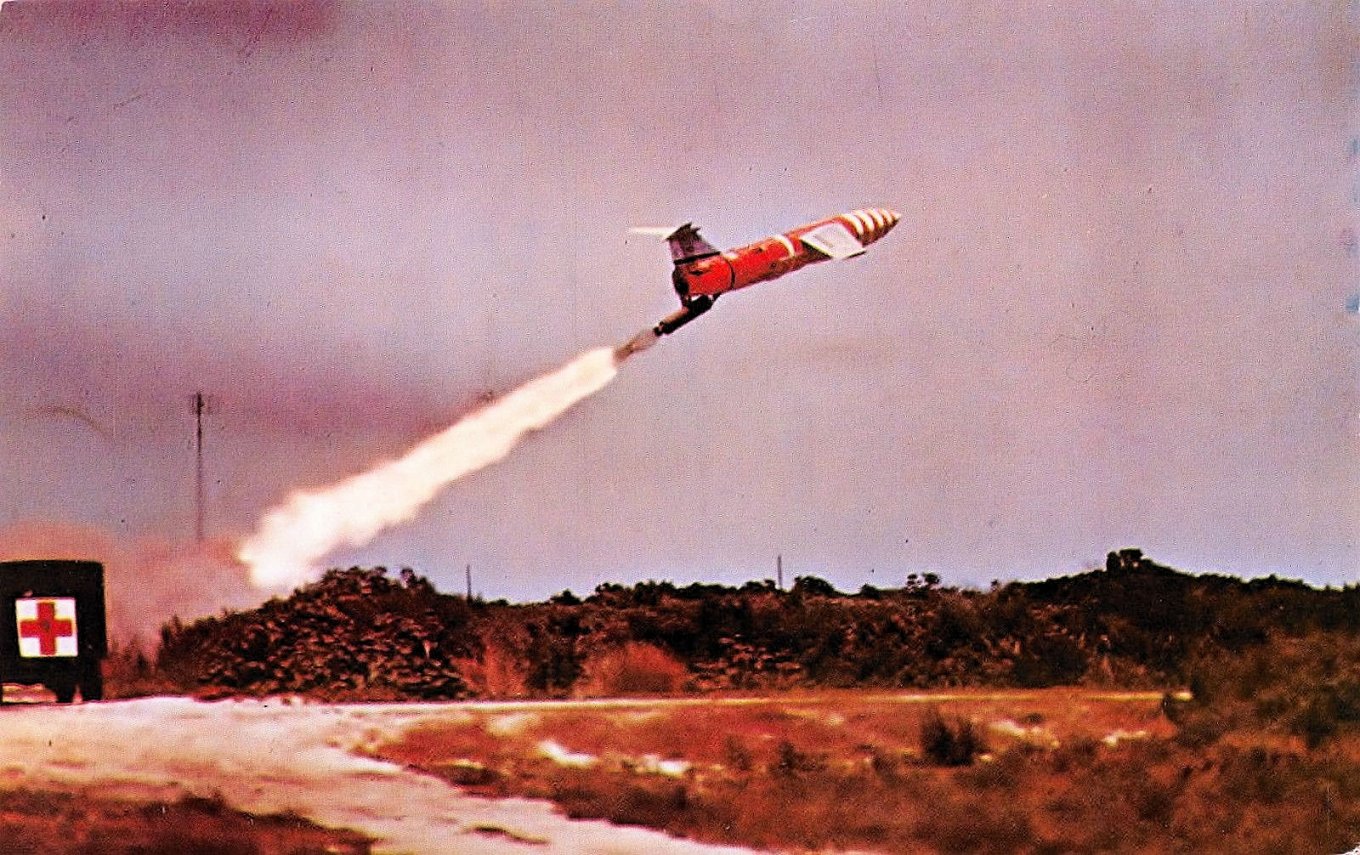
The MGM-1 Matador became the first operational American cruise missile not directly derived from the German V-1 design, unlike the Republic-Ford JB-2. Its key innovation was the use of a far more powerful Allison J33-A-37 turbojet engine with 20 kN of thrust, enabling high subsonic speeds instead of the pulsejet used on the V-1.
The Matador had a takeoff weight of 5,400 kg (without booster) and a wingspan of 8.7 meters. Its initial range was only 400 km, constrained by the MARC guidance system, which required line-of-sight radio control. The missile was designed to cruise at altitudes up to 12 km, then dive on the target underground command. In 1954, this system was replaced with the SHANICLE radionavigation system, which operated in the meter band and extended the range to 1,000 km.
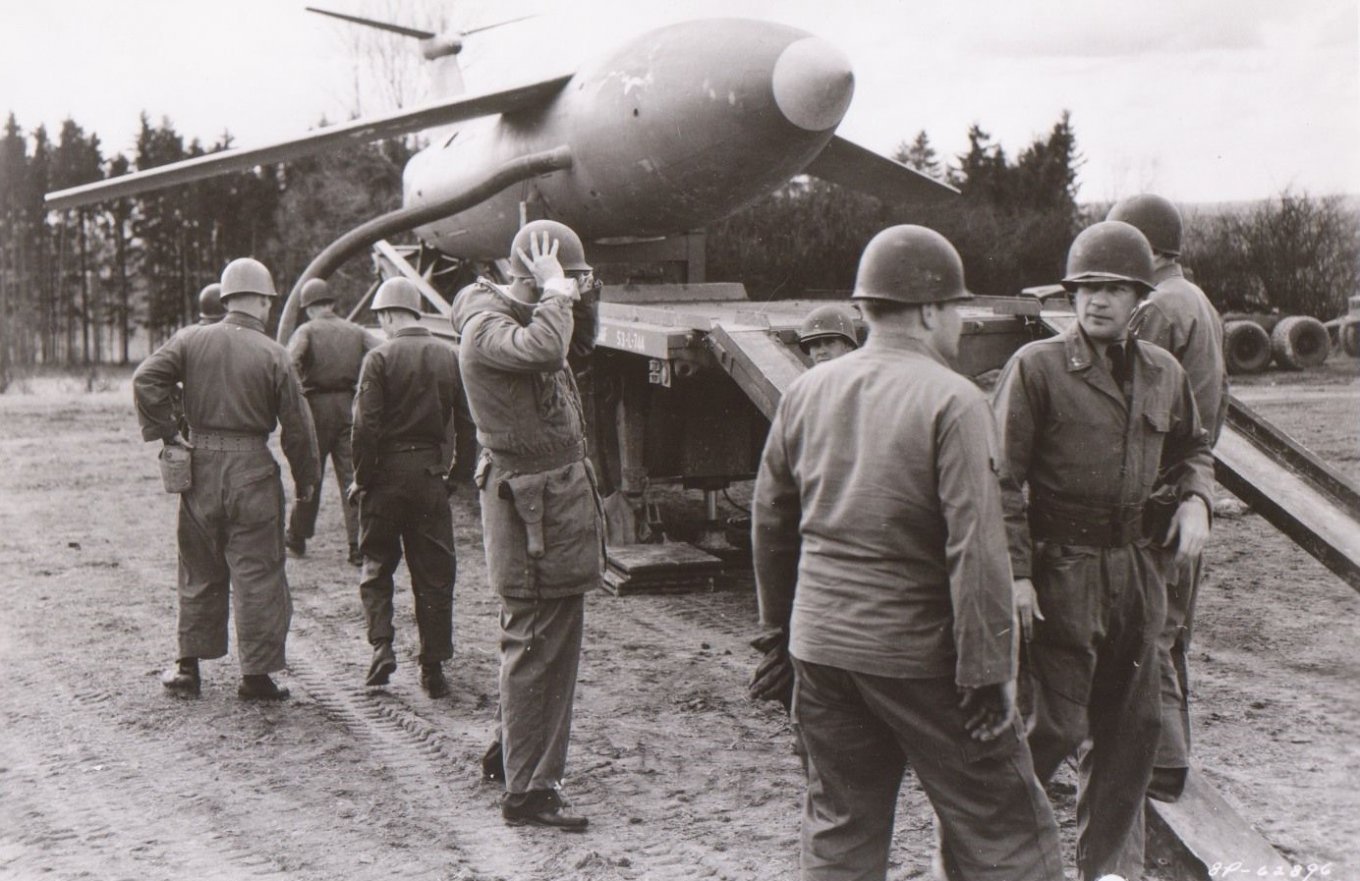
The warhead weighed more than 1,000 kg. The standard payload was the nuclear W5, weighing approximately 1,340 kg. This was effectively the only viable option, as guidance accuracy was within ±490–820 meters, making conventional warheads ineffective for the Matador.
The gradual refinement of the Matador led to the MGM-13 Mace, introduced in 1959. Its defining feature was the ATRAN (Automatic Terrain Recognition and Navigation) system—an early precursor to TERCOM, later developed for the unrealized SLAM nuclear-powered cruise missile program. Unlike TERCOM, however, ATRAN was based entirely on analog technology.
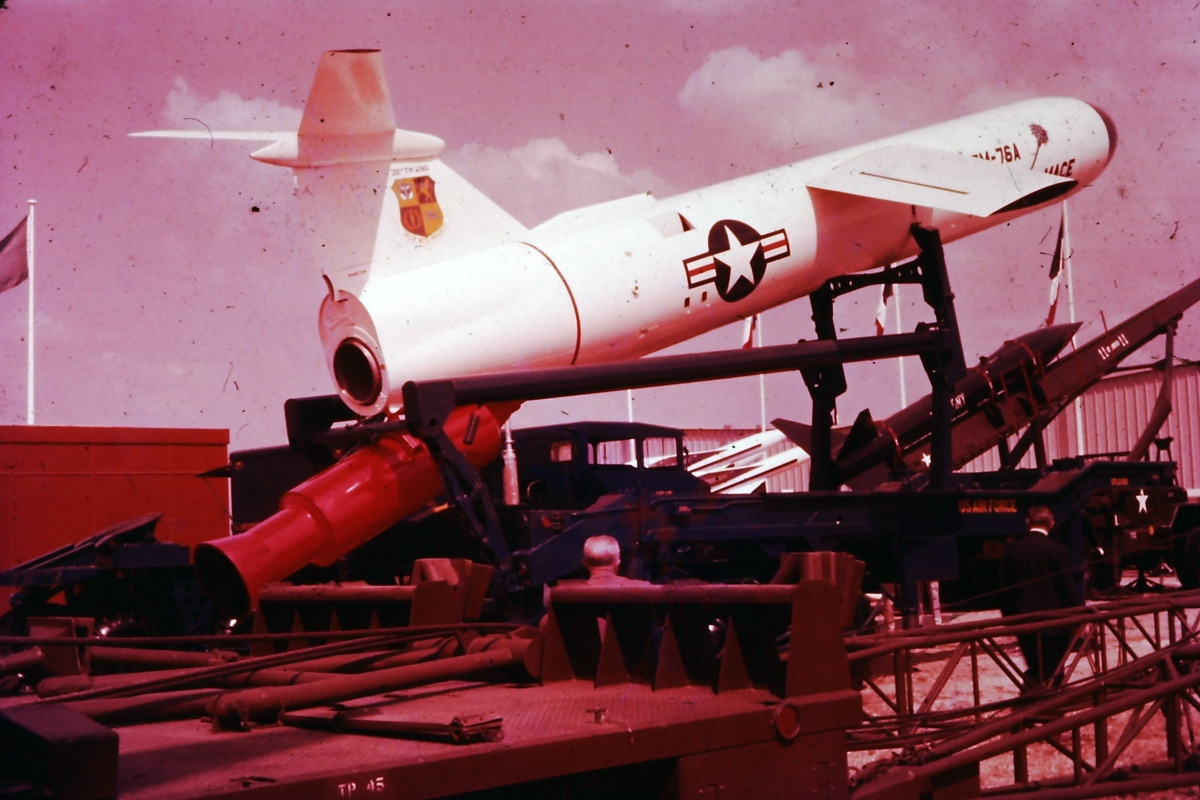
It used radar images of reference points along the route recorded on film, placed in front of the radar screen inside the missile. Behind the film was a light sensor. When the real radar image matched the one on film, the system adjusted the angle to maximize brightness. The degree of tilt indicated the course correction required at each waypoint.
This system allowed only pre-programmed strikes against fixed targets and imposed strict limitations on flight altitude. Consequently, ATRAN was soon replaced by an inertial navigation system, which also restricted launches to fixed positions with precise terrain mapping. Accuracy remained limited, but unlike the Matador, these systems were immune to electronic countermeasures.
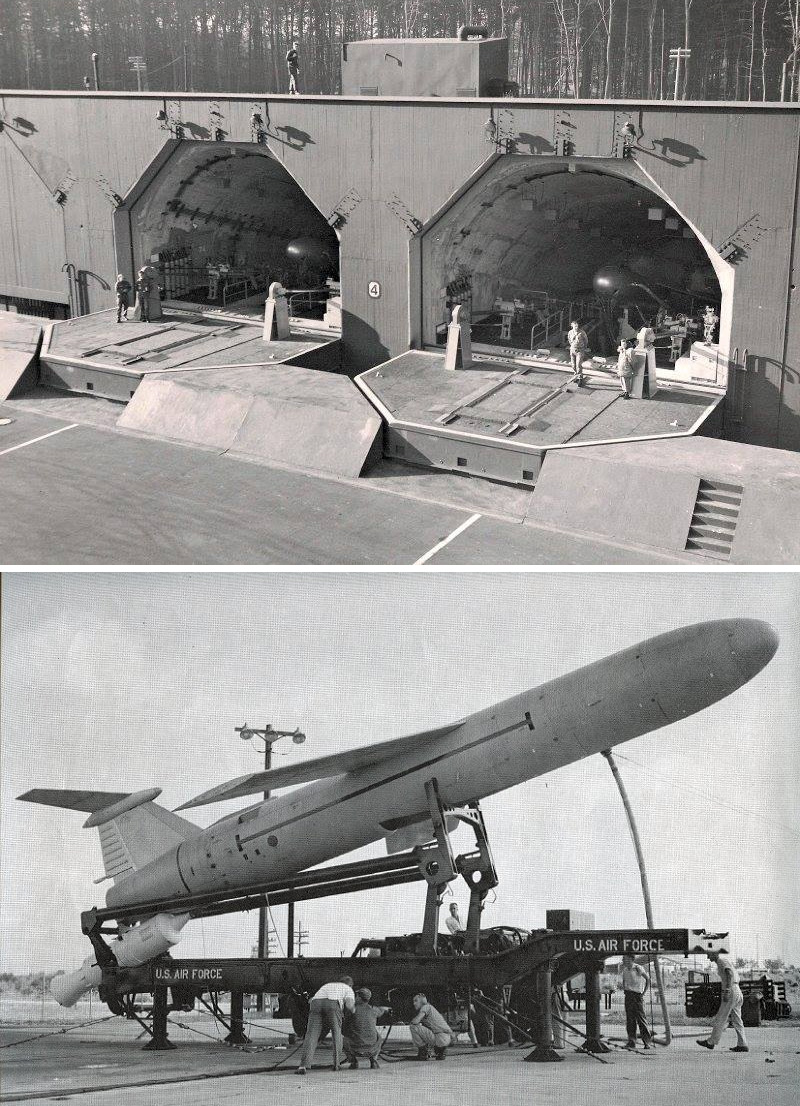
With the adoption of the improved Allison J33-A-41 engine producing 23 kN of thrust and a more efficient flight profile, the MGM-13 Mace achieved a range of 2,300 km. It carried the nuclear W28 warhead weighing about 1,000 kg.
The Mace was deployed in West Germany against the USSR, as well as in South Korea and Okinawa, Japan. They remained in service until the early 1970s, by which time they had become obsolete due to rapid advances in navigation systems and the miniaturization of nuclear warheads, which enabled smaller cruise missile designs. Both the MGM-1 Matador and the MGM-13 Mace ultimately ended their service lives as aerial targets.
Read more: U.S. Army Wants Own "Drone Amazon" Similar to Ukraine's Brave1 Market




